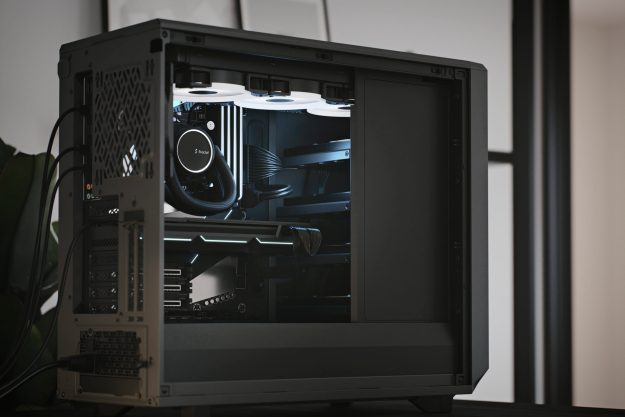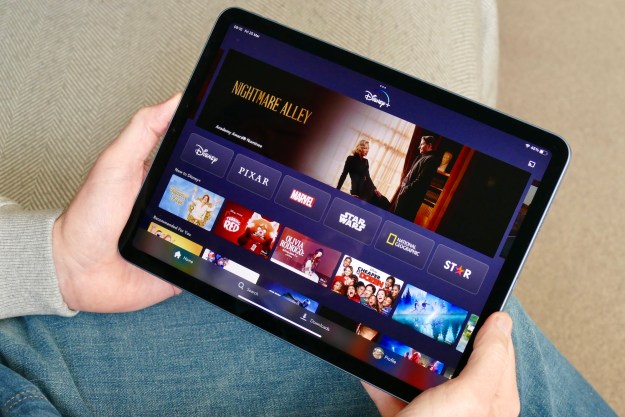Ted Pollak, who is the Senior Gaming Analyst at John Peddie Research, says that the PC gaming hardware market will be valued at roughly $21.5 billion this year.
That’s not all though. Pollak expects that number to climb to about $21.7 billion next year, $22.5 billion in 2016, and $23.1 billion in 2017. On top of the expectations of continued growth, Pollak says that this market is “over twice the size” of the console gaming hardware market. Pollak defines the PC gaming hardware market as one that includes personal computers, upgrades, and gaming peripherals as well.
So what’s driving this growth? A lust for powerful hardware.
“More money is being directed to mid and high range PC builds and upgrades by gamers,” Pollak says. “Committed PC gamers are generally not interested in pure content consumption platforms. They are power users and pay thousands for the ability to play games at very high settings and then do business, video/photo editing, content creation and other tasks with maximum horsepower at their disposal in a desktop ergonomic environment.”
John Peddie Research compares the enthusiast PC market to owners of high-end sports cars — people who simply want the best and most powerful hardware.
John Peddie, the firm’s president, explained why he thinks this market is so healthy.
“Nvidia, Intel, and AMD have enthusiast CPUs and GPUs that are so powerful, when combined with SSD’s and fast memory they absolutely trounce the computing power and gaming capabilities of the newest console generation.”
Indeed, with behemoths out there like AMD’s dual-GPU Radeon R9 295×2 and Intel’s Devil’s Canyon CPU, if you have the cash, you can build yourself a freakishly powerful system that’s capable of gaming at 4K resolution. Or, you can just buy a supercharged system from boutique builders like Digital Storm, Falcon Northwest, and Origin PC. Either way, you’ll need a whole lot of cash, though. The 295X2 alone costs $1,500.
Editors' Recommendations
- Hyte made me fall in love with my gaming PC all over again
- The best PC gaming hardware of 2023: GPUs, CPUs, monitors, and more
- I can rest — my search for the ultimate PC gaming controller is over
- The decade of ignoring your gaming PC’s power supply is over
- What PC hardware do you need for 4K games and movies?



